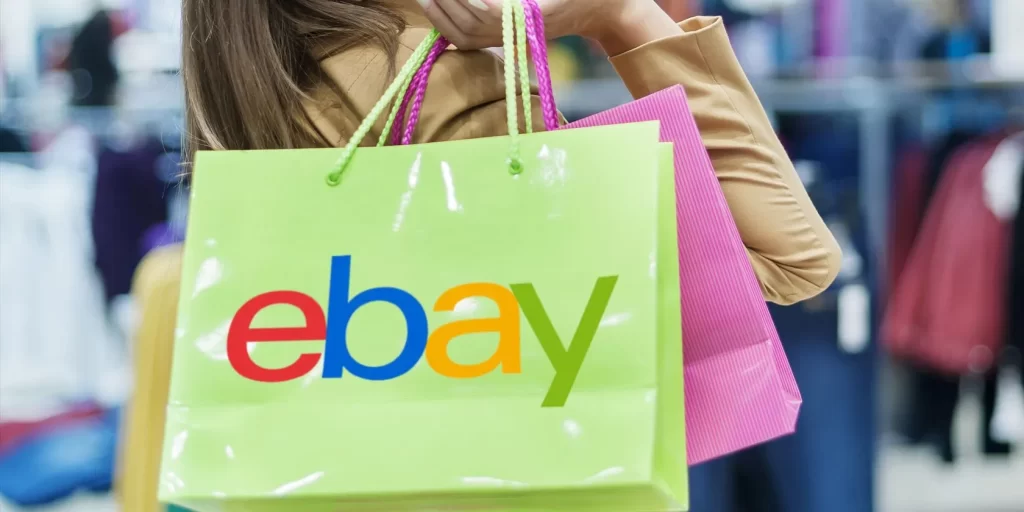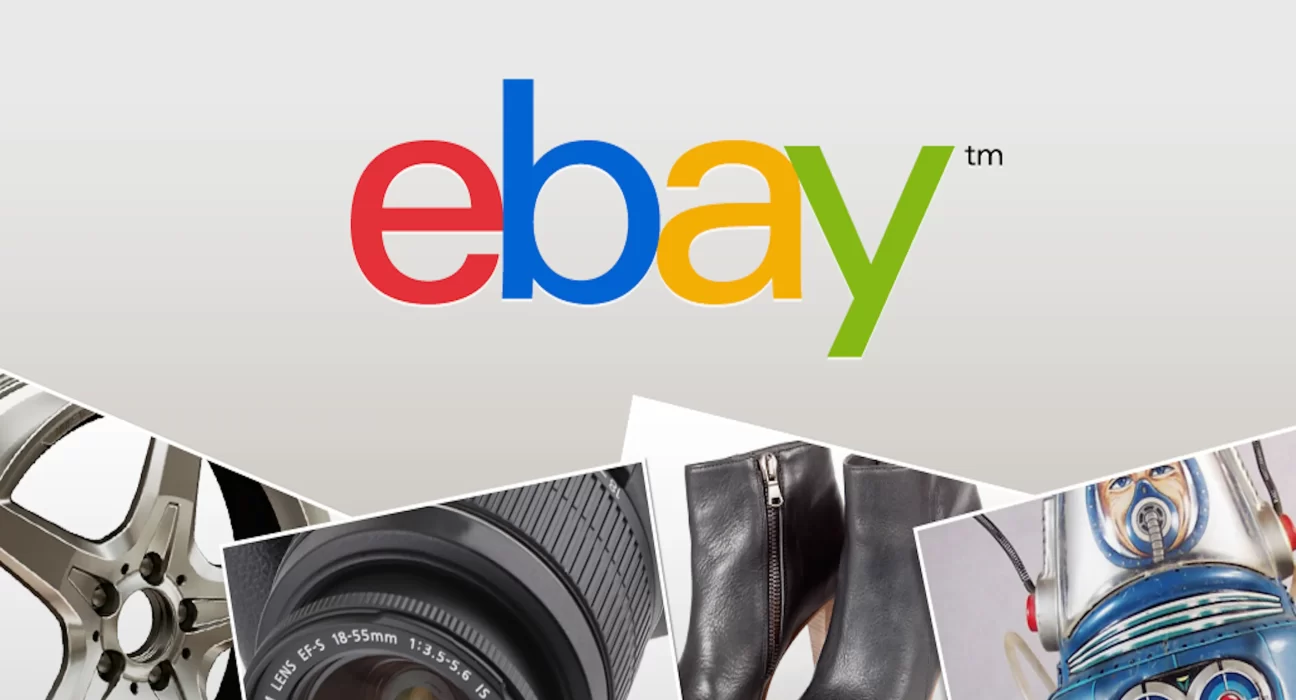Online shopping has revolutionized the way we buy and sell products. Platforms like eBay have made it incredibly convenient to find a wide array of items, from rare collectibles to everyday necessities. However, with this convenience comes the risk of encountering counterfeit or fake items. Ensuring you get what you pay for can be tricky, especially when purchasing from individual sellers. This comprehensive guide will provide you with the tools and knowledge needed to spot fake or counterfeit items on eBay online shopping.

Understanding the Risks of Counterfeit Items
Counterfeit items are fake replicas of the real product, often sold at a lower price to attract buyers. These can range from luxury handbags and designer clothing to electronics and even everyday household items. The presence of counterfeit goods on eBay can tarnish your shopping experience, lead to financial loss, and potentially expose you to legal issues or health risks if the counterfeit product is dangerous.
Steps to Spot Fake or Counterfeit Items on eBay
1. Research the Seller
One of the most critical steps in avoiding counterfeit items is researching the seller. Here are some key points to consider:
- Seller Feedback: Check the seller’s feedback score and read reviews from previous buyers. A high feedback score with positive reviews is a good sign.
- Selling History: Look at the seller’s history on eBay. Sellers who have been active for a longer time and have consistently positive feedback are generally more reliable.
- Location: Be cautious of sellers from regions known for producing counterfeit goods. This doesn’t mean you should avoid all sellers from these areas, but extra vigilance is needed.

2. Analyze the Product Listing
A detailed and professional listing is often a sign of a legitimate seller. Here’s what to look for:
- Product Descriptions: Legitimate sellers will provide thorough descriptions of the product, including dimensions, materials, and condition. Be wary of listings with vague or overly generic descriptions.
- Photos: High-quality, original photos are crucial. Stock photos or images that look too professional may indicate a counterfeit listing. Ask for additional photos if you’re uncertain.
- Price: If the price is significantly lower than the retail price or other listings, this could be a red flag. While bargains exist, prices that seem too good to be true often are.
3. Verify the Authenticity of the Product
Depending on the type of item, there are various ways to verify authenticity:
- Serial Numbers: For electronics, designer items, and high-end goods, check if the seller provides serial numbers. You can verify these with the manufacturer.
- Certificates of Authenticity: Some items, like collectibles and luxury goods, should come with certificates of authenticity. Ensure these certificates are legitimate.
- Compare with Official Product Details: Compare the item with the official product details available on the brand’s website or through authorized retailers. Look for discrepancies in design, color, and features.
4. Communicate with the Seller
Don’t hesitate to ask the seller questions. Legitimate sellers will be willing to provide additional information and photos. Specific questions can include:
- Requesting Detailed Photos: Ask for close-ups of labels, serial numbers, and unique features.
- Product History: Inquire about the history of the product, such as its age, previous owners, and where it was purchased.
- Return Policy: A seller with a fair return policy is typically more trustworthy. Ensure they offer returns if the item is not as described.
5. Utilize eBay‘s Buyer Protection
eBay offers a Buyer Protection program that can help if you end up with a counterfeit item. This program provides refunds if the item is significantly not as described or if you never receive the item. To take advantage of this protection:
- Pay with PayPal: Using PayPal offers an extra layer of security and makes it easier to resolve disputes.
- Document Everything: Keep records of all communications with the seller, transaction details, and any claims filed.
6. Be Aware of Common Counterfeit Items
Certain categories of products are more prone to counterfeiting. Be extra cautious when purchasing:
- Designer Clothing and Accessories: Look for correct logos, stitching quality, and materials.
- Electronics: Verify model numbers, features, and warranties.
- Collectibles: Ensure provenance and authenticity certificates are genuine.
Tools and Resources to Help Identify Counterfeits
Several tools and resources can assist you in identifying counterfeit items on eBay online shopping:
- Authentication Services: Some third-party services specialize in authenticating luxury goods. These services can provide peace of mind, especially for high-value purchases.
- Forums and Online Communities: Sites like Reddit and specialized forums often discuss experiences with counterfeit goods and can provide advice on what to look out for.
- Brand Guides: Many brands offer guides on their websites detailing how to spot counterfeit versions of their products.
Additional Tips for Safe eBay Shopping
1. Use Advanced Search Filters
eBay’s advanced search filters allow you to narrow down your search results. You can filter by location, price range, seller rating, and more. Using these filters can help you avoid suspicious listings.
2. Stay Informed About Common Scams
Stay updated on the latest scams and fraudulent practices. eBay’s community pages and customer service announcements can be valuable resources.
3. Read the Fine Print
Carefully read the item description and terms of sale. Some sellers may include important details in the fine print, such as item defects or specific return conditions.
4. Trust Your Instincts
If something feels off about a listing or a seller, trust your instincts. It’s better to miss out on a potential deal than to risk purchasing a counterfeit item.
Real-Life Examples of Counterfeit Scams on eBay
Understanding real-life examples of counterfeit scams can help you be more vigilant. Here are a few notable cases:
The Case of the Fake Designer Handbags
One eBay user purchased a designer handbag for a fraction of its retail price. The listing had stock photos, and the description was vague. Upon receiving the bag, it was clear that the stitching, materials, and logo were all inconsistent with the genuine product. The seller had a history of selling similar items, indicating a pattern of fraudulent behavior.
The Counterfeit Electronics Scam
Another user bought a popular gaming console that was advertised as new. The price was significantly lower than other listings. The console arrived in packaging that looked authentic at first glance, but the internal components were substandard and didn’t function properly. The serial number was fake, and the warranty was void.
The Bogus Collectible Coin
A collector purchased a rare coin that came with a certificate of authenticity. Upon receiving the coin, it was evident that the certificate was forged. The coin was a cheap replica. The seller had doctored several listings with counterfeit certificates, duping multiple buyers.
eBay‘s Role in Combating Counterfeits
eBay has implemented several measures to combat the sale of counterfeit items:
1. Verified Rights Owner (VeRO) Program
The VeRO program allows brand owners to report listings that infringe on their intellectual property rights. eBay takes down these listings and takes action against the sellers.
2. Enhanced Seller Verification
eBay has enhanced its seller verification processes, requiring more information from sellers to prove their identity and legitimacy.
3. Buyer Protection Policies
eBay’s Buyer Protection policies provide refunds and support to buyers who receive counterfeit items. This policy encourages sellers to maintain honesty and transparency in their listings.
4. Education and Resources
eBay offers educational resources to both buyers and sellers about the risks and signs of counterfeit goods. This information helps users make informed decisions and avoid scams.
Conclusion
eBay online shopping offers a vast marketplace with incredible deals and unique finds. However, the risk of encountering counterfeit items is real. By conducting thorough research, scrutinizing product listings, verifying authenticity, and utilizing eBay’s buyer protection features, you can significantly reduce the risk of purchasing counterfeit goods.
Always remain vigilant and informed. Use the tools and resources available to you, trust your instincts, and don’t hesitate to walk away from a deal that seems too good to be true. By following these guidelines, you can enjoy a safer and more satisfying shopping experience on eBay.
Remember, the key to a successful eBay online shopping experience is to stay informed and cautious. Happy shopping!


